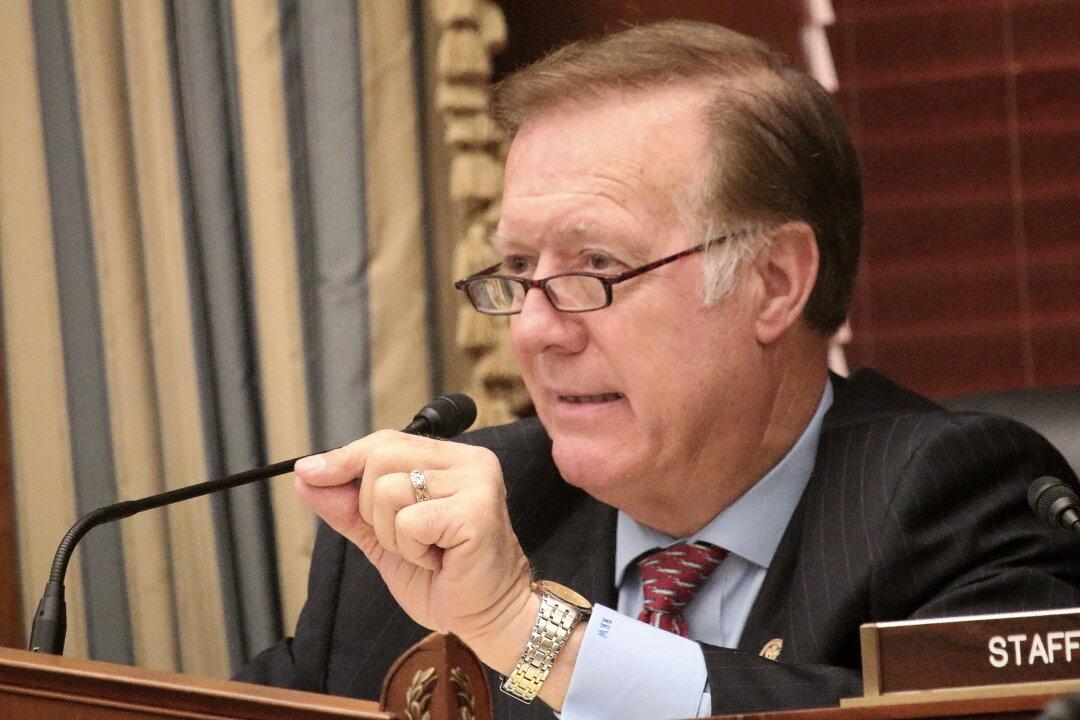WASHINGTON—A cybersecurity breach to the nation’s electric power grid could be very disruptive to the economy and our daily lives. So far, it hasn’t happened, but not for the lack of trying. The experts said that the threat is increasing as we modernize the electric grid—the transmission and distribution systems—to a more interconnected “smart” grid.
To discuss the growing threat of cyberattacks to the nation’s electric grid and preventive measures the subcommittees on Energy and Research and Technology held a joint hearing titled Cybersecurity for Power Systems on Wednesday, Oct. 21. The focus of this hearing was to examine how federal agencies and the Department of Energy national labs can work with industry to protect the security of the nation’s electric grid from cyberattack and physical attack.
“Small-scale cyber and physical attacks to our electric grid are estimated to occur every four days. And in over 300 cases of significant cyber and physical attacks since 2011, suspects have never been identified,” said Randy Weber (R-Texas), chairman of the Subcommittee on Energy in his opening statement. Others at the hearing also used the four-day estimate, which is based on analysis of federal energy records that USA Today conducted and published on March 24.
Ranking Member Suzanne Bonamici (D-Ore.) of the Subcommittee on Energy said that the energy sector reported more cyberattacks than any other critical infrastructure sector. “In just one month, PJM Interconnection, which coordinates electricity transactions in 13 states and D.C., experienced 4,090 documented cyberattempts to attack their system. That’s more than five and half attacks on their electrical market system per hour.”
“As the electric power industry modernizes to a more interconnected smart grid, the threat of a cybersecurity breach significantly increases in that sector,” said Subcommittee on Research and Technology Chairwoman Barbara Comstock (R-Va.).
Grid Vulnerability
While not a cyberattack, gunmen attacked the Pacific Gas and Electric’s Metcalf substation in northern California on April 16, 2013. After severing six underground fiber-optic lines, the attackers fired more than 100 rounds of ammunition at the substation’s transformers, causing the loss of 17 transformers and more than $15 million in damage, according to the USA Today article. The culprits were never caught.




